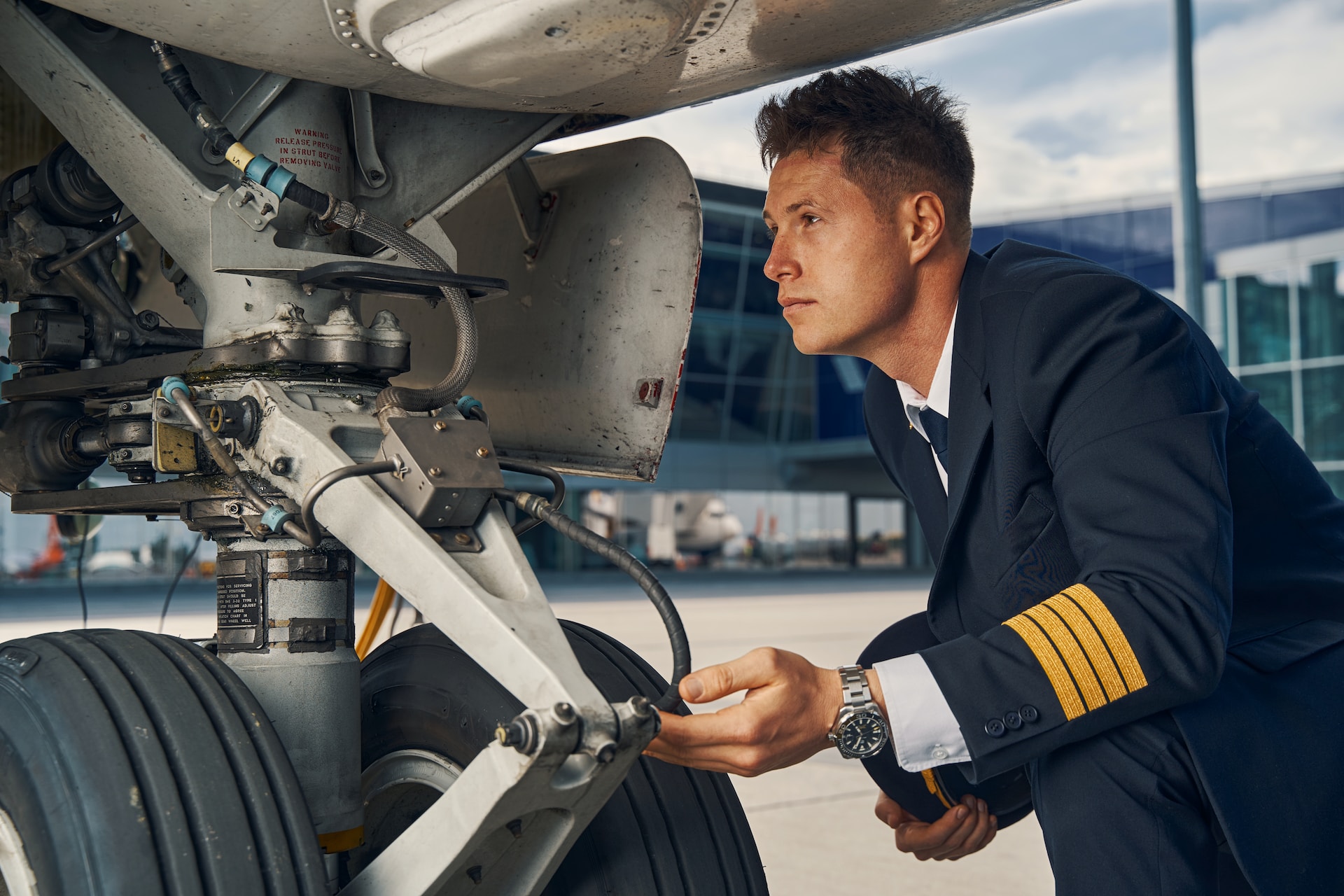In the dynamic realm of aviation, where every takeoff and landing demands precision, understanding the factors governing the lifespan of these tires is paramount. The complexities lie not just in the design and construction of the tires but also in the nuanced interplay of environmental factors, pilot techniques, and meticulous maintenance protocols.
As you delve into the intricacies of what determines the longevity of tires, they unravel a fascinating tapestry of engineering, physics, and operational expertise. Buckled up for this journey, you will gain insights into the careful balance between material science and aeronautical mastery, shedding light on the silent yet indispensable role played by these rubber-clad guardians of the skies.
Contents
Factors Affecting the Lifespan of Airplane Wheels
Quality of Materials and Construction
The durability and longevity of aircraft tires hinge on the quality of materials and precision in construction. High-grade rubber compounds, fortified with additives to enhance strength and resilience, are fundamental in crafting these tires.
The internal structure is also meticulously designed, incorporating layers of fabric and steel belts that provide structural integrity and support during landings. Engineers adhere to stringent manufacturing standards, ensuring that the tire’s composition can withstand immense pressures, temperature fluctuations, and the wear and tear associated with takeoffs and landings.
Rigorous testing processes are implemented to validate the tires’ integrity, assessing factors like load-bearing capacity and resistance to abrasion. Tread patterns, another crucial aspect, are engineered to offer optimal traction while efficiently channeling water away during wet conditions.
Tire Design and Type
airplane wheels are engineered with precision tailored to specific operational requirements. The design intricacies, including the tread pattern, tire width, and aspect ratio, are meticulously crafted to optimize performance. Different types of aircraft demand unique tire designs; for instance, commercial airliners require tires capable of withstanding the immense pressures of takeoffs and landings. On the other hand, military aircraft can require specialist tires made for rocky terrain.
Moreover, airplane wheels are categorized based on weather conditions, such as wet or snow-covered runways and landing surfaces like grass or pavement. These variations ensure that each aircraft type can operate safely and efficiently, underscoring the critical role tire design and type play in the aviation industry’s diverse needs.
Weight and Load Capacity
Airplane wheels are meticulously engineered to bear specific weight limits, ensuring safe landings and takeoffs. Adherence to these weight restrictions is imperative as exceeding the recommended load capacity puts undue stress on the tires, accelerating wear and potentially leading to structural damage. Proper weight distribution across the landing gear also plays a vital role in preventing uneven tire wear.
Operating Conditions
The operational environment significantly impacts the longevity of airplane wheels. Extreme temperatures, especially excessive heat, accelerate the aging process of rubber compounds, making tires prone to cracks and premature wear. Moreover, high-altitude landings pose unique challenges due to pressure differentials, potentially causing rapid tire deflation.
Maintenance and Inspection
Regular maintenance and inspection of airplane wheels are fundamental to ensuring safe operations. During routine checks, trained personnel meticulously examine the airplane wheels for signs of wear, cuts, bulges, and uneven wear patterns. These inspections are paramount in detecting potential issues before they escalate, ensuring the structural integrity of the tires.
Storage and Handling
Proper storage and handling of airplane wheels are critical factors in their longevity. Tires should be stored in a controlled environment, ideally a cool and dry space, away from direct sunlight and chemicals. Exposure to harsh elements can accelerate rubber aging, rendering the tires more susceptible to cracks and deterioration.
Prolonged Storage
When airplane wheels are stored for extended periods, careful handling is essential to preserve their integrity. During storage, tires are vulnerable to developing flat spots, affecting their balance and performance upon reintroduction into service. To prevent this, regular tire rotation is crucial; this practice ensures that the weight is evenly distributed across the tires.
Conclusion
Understanding the myriad factors determining airplane wheels’ lifespan is not just a matter of technical knowledge but a pivotal aspect of ensuring safe and efficient flights. You now grasp the importance of quality materials, precise design, and meticulous maintenance, all of which contribute to the longevity of these vital components. Recognizing the impact of operational conditions, proper handling, and regulatory compliance further emphasizes the comprehensive approach required in aviation.



